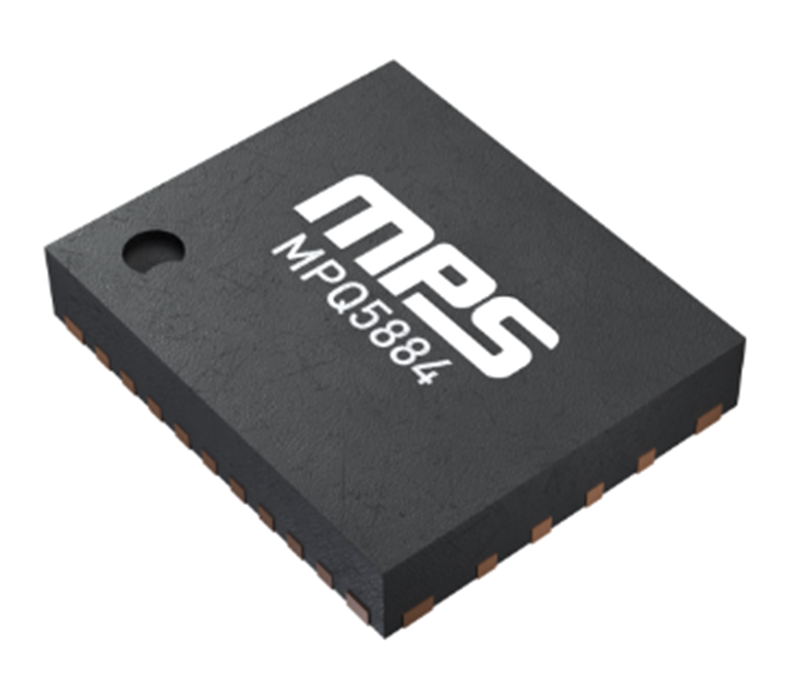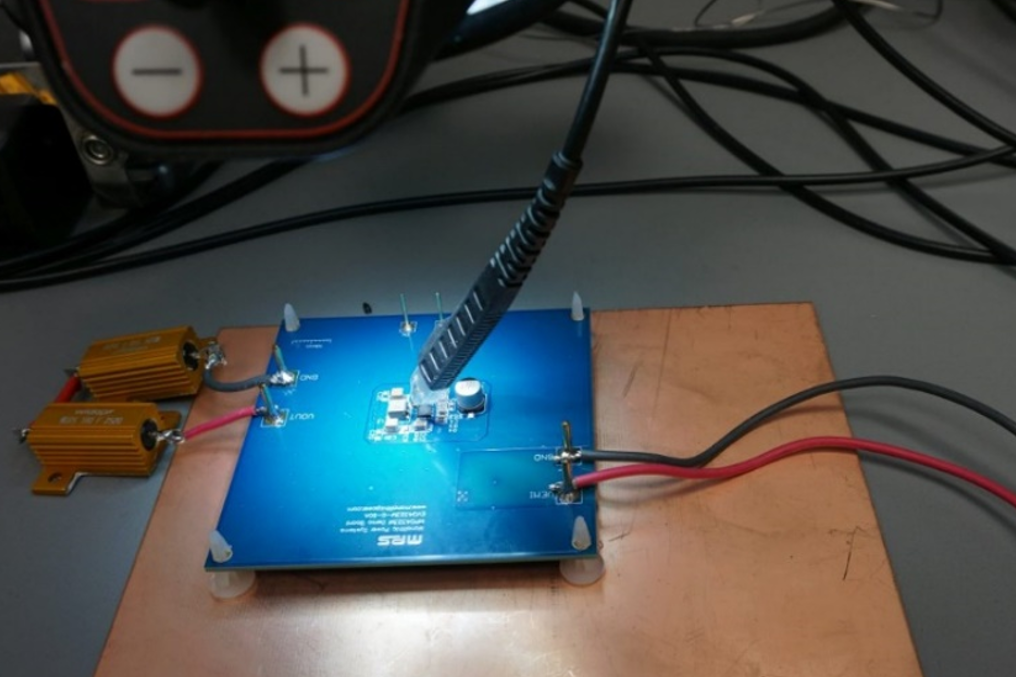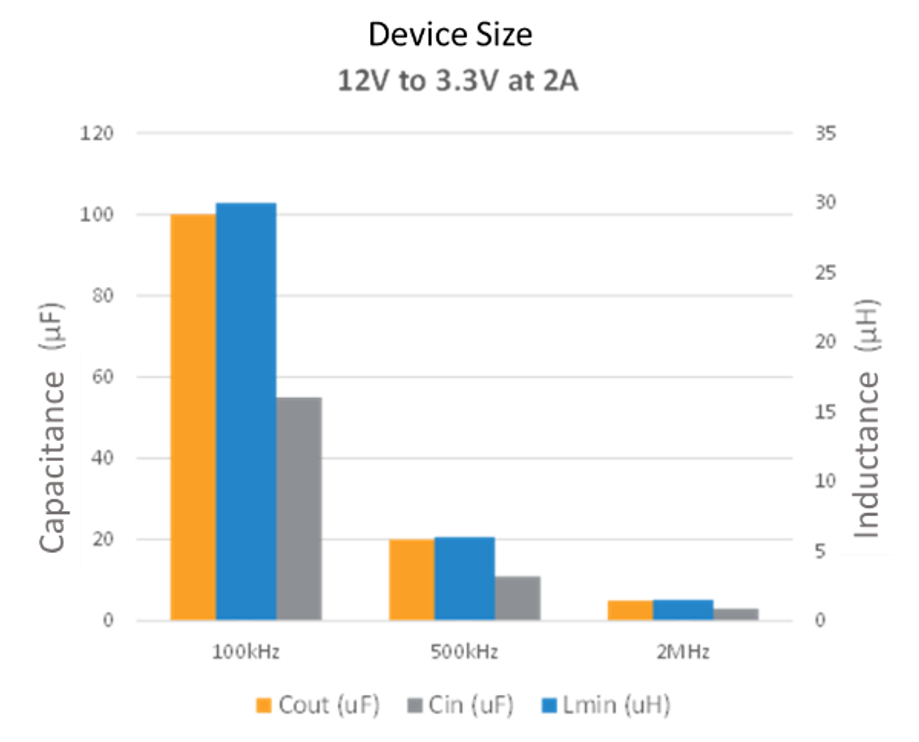Introduction to Emerging Technologies in Automotive Power Management
The Need for Continuous Innovation
Undergoing a monumental shift, the automotive sector is experiencing changes driven by both consumer demands and technological advancements. The gradual replacement of traditional combustion engines by hybrid and electric powertrains marks a shift in the automotive landscape, while the boundaries of in-car entertainment, safety systems, and connectivity are continually expanding. A parallel evolution in automotive power management is imperative to accommodate this transformation.
As the electronic content in vehicles continues to rise, the demand for efficient, sophisticated, and reliable power management solutions has reached unprecedented levels. Meeting these evolving demands, addressing challenges, enhancing system efficiency, improving passenger experience, and maintaining a competitive edge in the market all necessitate continuous innovation.
Potential Areas for Breakthroughs
Promising significant technological breakthroughs are several domains within automotive power management:
Battery Technology: Advancements in battery technology, serving as the core of electric and hybrid vehicles, can revolutionize charge times, energy density, and overall vehicle range. Pointing towards lithium-sulfur, solid-state, and other novel chemistries, research indicates that the future holds promise for batteries that are lighter, last longer, and charge faster.
Power Conversion and Distribution: Efficient DC/DC or AC/DC conversion, voltage regulation, and energy distribution receive substantial emphasis due to vehicles incorporating a mix of different voltage domains. Minimized losses and optimized power distribution strategies can result from innovations in this area.
Energy Harvesting: The growing interest in technologies such as regenerative braking and solar panels integrated into a vehicle's body stems from their ability to capture and reuse energy, thereby enhancing the vehicle's efficiency.
Wireless Charging: With the expansion of infrastructure for electric vehicles, wireless charging technologies present significant potential, providing convenience and flexibility in EV charging solutions.
Thermal Management: Enhancing system longevity and performance, efficiently managing heat, particularly in high-power applications like fast charging, is crucial. Active research is being conducted in areas such as new materials and cooling techniques.
Intelligent Power Management Systems: Future vehicles may have the capability to make real-time decisions about power distribution based on passenger needs, driving conditions, and other dynamic factors, thanks to the integration of AI and machine learning.
Case Study 1: Energy Harvesting Technologies for Electric Vehicles
Introduction and Background
Exploration and adoption of energy harvesting technologies have been driven by the quest for sustainable and efficient electric vehicles (EVs). Energy harvesting technologies capture energy from external sources such as solar power, kinetic energy from braking, and thermal gradients, converting them into electrical energy to supplement battery power. Extending the range of EVs and enhancing overall energy efficiency are benefits of this approach.
Innovations and Technological Advancements
The development of highly efficient solar panels tailored for integration into EVs, capable of converting sunlight into electrical energy with greater efficiency, marks recent advancements. Refinements in regenerative braking systems enable more effective capture of kinetic energy, while advancements in thermoelectric materials allow for the harvesting of energy from the vehicle's heat sources. Piezoelectric devices, in addition, are under development to generate electricity from the mechanical stress and vibrations experienced by the vehicle during operation.
Implemented Solutions and Real World Applications
To offer an additional power source that expands the driving range and supports auxiliary systems, numerous automakers have started incorporating solar panels into roofs of their EVs. An illustration of this is the Hyundai Sonata Hybrid, which incorporates a solar roof capable of charging the battery, thereby extending the vehicle's range with additional miles.
In EVs, regenerative braking has evolved into a standard feature, substantially enhancing energy efficiency. Advanced regenerative braking systems maximizing energy recovery have been implemented by companies such as BMW and Tesla. Moreover, prototypes have been tested that incorporate thermoelectric generators to convert exhaust heat into electricity, showcasing potential applications for enhancing battery efficiency.
Prospects and Challenges
Presenting a promising avenue, the integration of energy harvesting technologies in EVs aims to reduce reliance on charging stations and minimize environmental impact.
Despite advancements, challenges persist in optimizing the efficiency and cost-effectiveness of these technologies. Significant hurdles are posed by the variability of energy sources, such as sunlight availability, and the complexity of integrating multiple harvesting technologies into a cohesive system. Additionally, vehicle performance and consumer adoption rates are impacted by the initial cost and added weight of these systems.
Continued research and development efforts persist despite these challenges, advancing the capabilities and feasibility of energy harvesting in EVs. This promises a future where electric vehicles can autonomously sustain their power needs partially.
At the forefront, Toyota has been experimenting with solar body panels that cover not only the roof but also extend to the hood and trunk of their Prius models. Designed to charge the vehicle's battery both when parked and while driving, these panels showcase an innovative approach to enhancing energy capture from sunlight.
Working in collaboration with Alta Devices, a subsidiary of Hanergy, Audi is developing plans to integrate thin, flexible solar cells into panoramic glass roofs. Expected to extend the range of their electric vehicles, this technology involves feeding the generated electricity directly into the car's electrical system to support air conditioning and other ancillary systems.
Potential developments in regenerative braking technologies that could capture more energy than current systems allow have been hinted at by Tesla. They aim to establish new standards in energy recovery by focusing on optimizing the efficiency of converting kinetic energy back into electrical energy.
GM and BMW are exploring technologies in the realm of thermoelectric energy harvesting that transform waste heat from the vehicle's engine and exhaust systems into electrical energy. The objective of this approach is to decrease reliance on the primary battery pack and enhance overall vehicle efficiency.
To simplify the charging process for electric vehicles, emerging startups such as Hevo Power and Witricity are working on advanced wireless charging solutions. Focusing on dynamic wireless charging, their technologies enable electric vehicles (EVs) to be charged while in motion, potentially revolutionizing energy replenishment for EVs.
Case Study 2: Solid-State Batteries in Automotive Applications
Introduction and Background
Amidst the rapid shift towards electrification in the automotive industry, the bottleneck of progress frequently stems from the battery technologies employed. While traditional lithium-ion batteries are dependable and well-understood, they pose challenges regarding charge times, energy density, longevity, and safety. In addressing these limitations, solid-state batteries (SSBs) have emerged as a promising solution, offering the potential for vehicles with shortened charging intervals, extended ranges, and enhanced safety profiles.
Advancements in Solid-State Battery Technologies
SSBs differ from conventional lithium-ion batteries in their utilization of solid electrolytes rather than liquid ones. This seemingly simple modification initiates a cascade of technological advancements:
Higher Energy Density: Thinner electrodes made possible by solid-state electrolytes enable increased energy storage within the same volume.
Faster Charge Times: Faster charge times can be the result of enhanced ionic conductivity in specific solid electrolytes.
Longevity: SSBs have longer operational lives and can withstand a higher number of charge-discharge cycles with less wear and tear on electrodes.
Enhanced Safety: Eliminating liquid components significantly reduces risks associated with leakage, flammability, and dendrite formation (which can cause shorts), consequently decreasing the number of safety components required in the battery management circuit.
Implemented Solutions and Real-world Applications
Important investment and research by both established automotive manufacturers and startups has been driven by the potential of SSBs:
Automotive Applications: In the next decade, several car manufacturers, such as Toyota and Volkswagen, have disclosed plans to unveil models powered by solid-state batteries.
Pilot Production Lines: To bring SSBs closer to commercial realization, companies like QuantumScape and Solid Power have developed pilot production lines. An illustration of this is Volkswagen's recent collaboration with QuantumScape, involving an investment of $300 million, aimed at developing electric vehicles powered by solid-state batteries to be released by 2024.
Collaborations: To accelerate development, the inherent challenges of solid-state batteries (SSBs) have spurred collaborations among traditional automakers, battery manufacturers, and academia.
Prospects and Challenges
Prospects
- Revolutionizing EV Range: As compared to their lithium-ion counterparts, SSBs can potentially double the range of EVs.
- Safety Improvements: With their superior safety profile, SSBs could entail reduced risks both during accidents and throughout their operational lifespan.
- Quick Charging: The current expectation for charging electric vehicles (EVs) equipped with solid-state batteries (SSBs) is within a range of 10 to 15 minutes for a full charge.
Challenges
- Manufacturing Complexity: Scaling up the production of solid-state batteries (SSBs) involves intricate processes that must be adapted for mass production.
- Material Challenges: Finding the correct balance between ionic stability conductivity, and manufacturing remain a challenge even though solid electrolytes have been studied.
- Cost Implications: During their initial stages, solid-state batteries (SSBs) may incur cost implications that could potentially affect the affordability of electric vehicles (EVs). According to current forecasts, the starting price of mass-produced SSBs is anticipated to be 50% higher than that of Lithium-Ion battery prices.
To summarize, solid-state batteries have the potential to revolutionize electric mobility, yet they face several technological and economic obstacles that must be overcome. In the event of success, they may signal the dawn of a new era for electric vehicles and sustainable transportation.







直接登录
创建新帐号